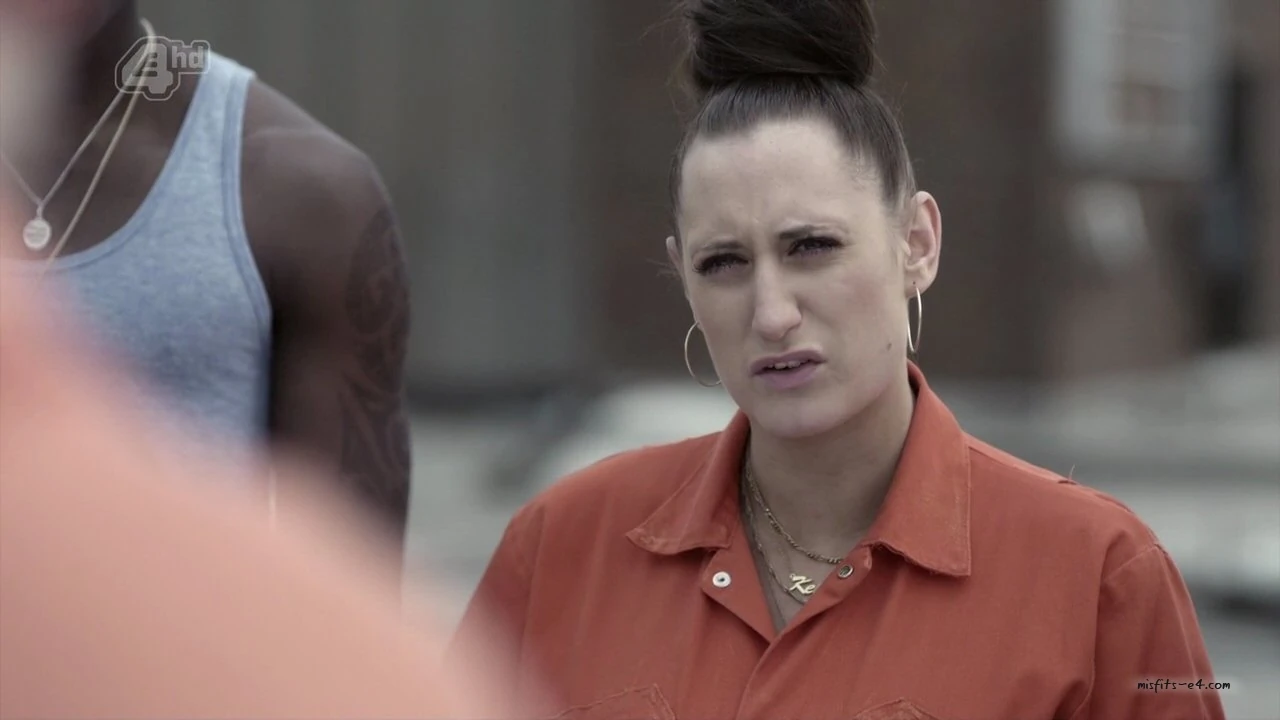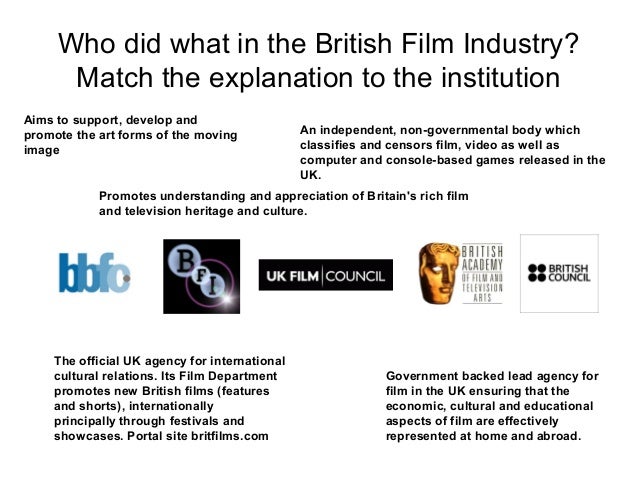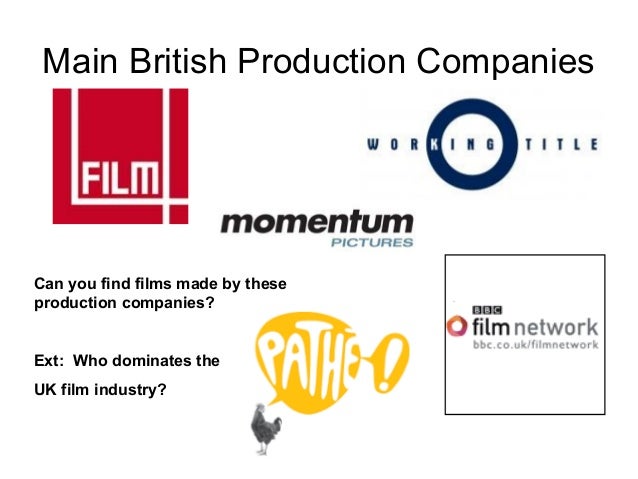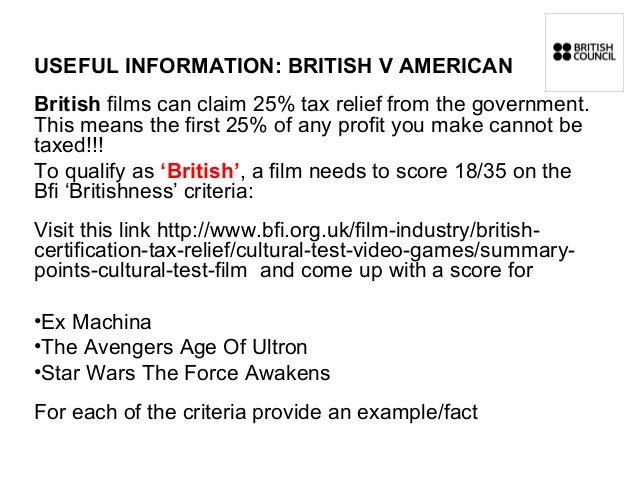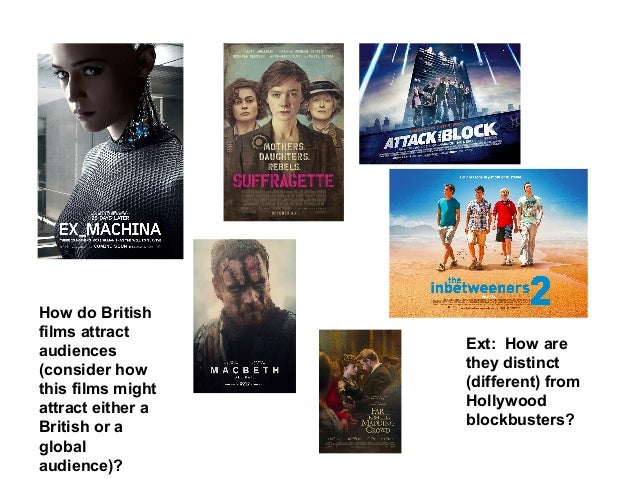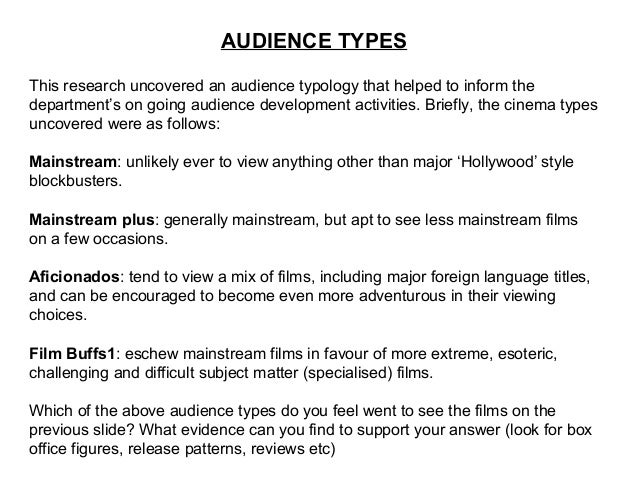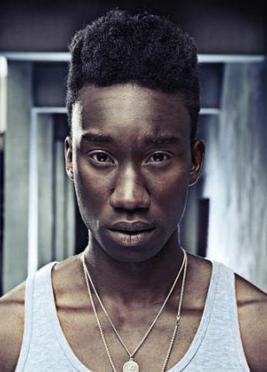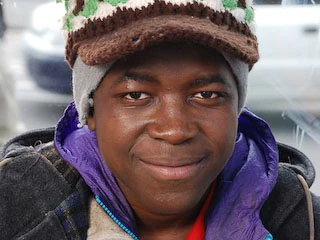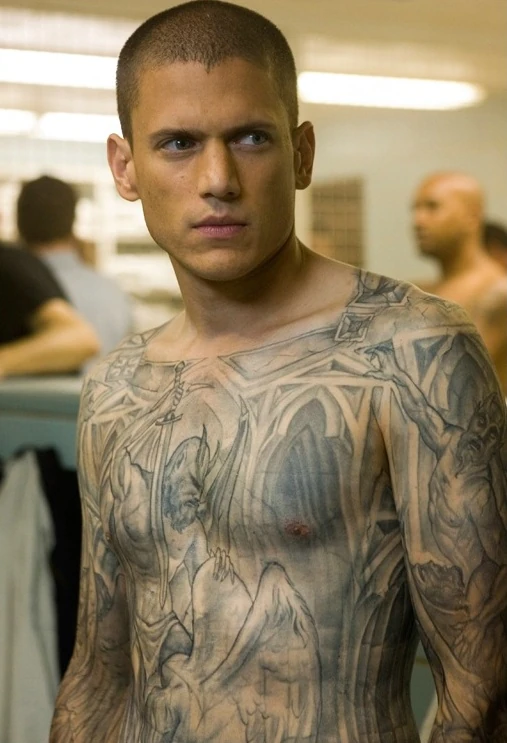TV Drama Representation Of Disability
As the producer looks over every scene to ensure that it is played out in the way that they want it to they are therefore in charge of mediating the representations that are shown to the audience through TV Drama. Stuart Hall (1980) suggests that the audience can be positioned to accept a dominant preferred representation. This clip that I am going to analyse includes Nick who is subordinate and the representations of him are stereotypical to modern stereotypes. In this essay I will look at how micro elements in this clip including mise-en-scene, camerawork, editing and sound are all combined to form macro meanings of disability. By doing this they engage the audience.
Mise-en-scene; in this scene it is used in a variety of ways to represent codes of location, costume and props. This all adds to the representation of the character Nick and disability in this clip. The very first shot uses many resources not only in the background but they have incorporated them into the shot for example the man is sitting in a white van, usually used for manual labour. This could have been filmed in a real location at a building site and it represents the person who Nick used to be. The men act stereotypical as building men in the way that they talk and stand but you can visually see that they feel uncomfortable around Nick now he has his disability whereas before this was a normal place for him to work. All the location around them is stereotypical for a manual labour work that is stereotypically a man’s place of work but with his disability Nick now looks out of place.
Throughout all of the scenes that are featured in this clip from the off Nick’s makeup is very detailed and life like. There is evidence of using natural lighting to help gain the effect of burns/scars on the characters face. It portrays Nick as being disabled and goes on to change the stereotypical view of what he is used to, from a man’s man to a disabled pitiful man. The audience can clearly see that the character walks with a limp and it is later revealed that he has no arm but as most of the shots are including his face they must have felt it important to incorporate his facial features. This grows the stereotype as portraying him as the disability affecting his facial features as well as the rest of his body.
Character costumes such as, the workmen wear and simple clothing of the women, has been used effectively to represent their class and what they do for a living. This is aided by the choice in the casting of the actors as they can complete the relevant acting gestures to also look like the same class but also represent the view on disability. The people in this scene are portrayed as working class individuals because the workmen wear dirty jeans, builder’s boots and baggy tops. The women and children wear simple not expensive clothing, implying that neither of the people have money to splash out on nice clothes. This shows how important it is for Nick to get a job as he probably does not have enough money to live on but still they turn him away based on his disability. Later on in the clip when Nick seems to scare the middle aged women and her two children, it is clear that they live in a small house that is maybe on a council estate. This can be an accurate representation of Nicks background and leaves clues as to how he got disabled. The class is also shown by how in the army recruitment office there are lots of young men seeming to be waiting to apply, this could be the only career choice for them as it allows them to get away from where they live at the moment. Nick may have done this as a younger man and now he is treated differently because of this. To this he holds a grudge which is shown as he shouts at the army recruitment man.
Camera Shots, Angles, Movement and Composition- The camera shots that are chosen help to create a variety of effects and can therefore contribute to the representation of disability in different ways. It begins with an over the shoulder shot which allows the audience to see the reaction of each character whilst they are having a conversation. By doing this you can clearly see that the man in the van is uncomfortable talking to someone who used to be his friend but his face has now changed. This allows the audience to see the full facial expressions of Nick and the man he is having the conversation. This is a common way of filming a conversation and it lives up to the stereotype of people looking down on the disability because he treats the man different.
When the other man comes over they use a close up shot at each men’s face in turn and moves around to see how each man reacts to the situation they have been put it. The two men who are working are obviously awkward around the disabled man because they know what is coming. We know this from their facial expressions. Going close up brings the tension higher as it makes the audience focus more on each individual person. From this perspective you can clearly see that Nick is annoyed at the men and he has empathy for disbelief. He is disappointed in the other men because his personality has not changed. The extreme close up also shows his disability as the audience can directly see in.
When Nick becomes angry and walks around an establishing shot that shows where they are, which a building site is there. This shows how Nick walks away angrily allowing the audience to get to know the atmosphere and the environment. This shot also shows how he walks with a slight limp and how he is missing a forearm. The audience information now grows as they get to know Nicks disability in more detail this allows them to feel sympathy for Nick as they feel he is being mistreated. You can also so see the shadowing on the barbed wire, this could not only portray his sharp nature but also that he is trapped in his disability. The fence can symbolise how he is trapped now as everyone treats him differently and he can’t even find a simple job nor have a girlfriend.
The same over the shoulder shots are used through the rest of the clip and when the woman sees him you can see her shocked/scared impression as she wasn’t ready to see to him. As she screams the audience can see the look of horror in her face because at that very second she was scared of Nick. This lives up to the stereotype of disabled people of them being scary and outcasts to society. The man in the office looks upon Nick with sympathy but also some annoyance as he is interrupting his day and as he goes on to say ‘it was your own fault’. This gives clues to how Nick's personality has developed as the man almost blames him for his own disability. Even though he obviously did not make himself disabled on purpose.
Editing; It is used to make the clip flow for the audience so that they are able to understand the story, unsurprisingly this clip follows the rules of continuity editing, simple cuts linking shots together. Shot reverse shot is used several times through this clip to show the conversations between characters, it creates the tension between what seems to be the ‘normal’ person and Nick. This can be shown in the conversation between Nick and the recruitment man. This editing shows the reactions to Nick and allows the audience to see each person individually. It also allows it to go smoothly. They also use cross-cutting when Nickis at one point the building site and the next walking down the street to help the women. They do this to stop the Drama from becoming boring and less time-consuming. Fast-paced editing is used when Nick is angrily walking down the street and you can see everyone's faces surrounding him. This helps play up to the stereotype that disabled people are stared at because they are not normal. They are different so they draw attention especially with Nicks scar on his face.
Sound; At the very beginning of the scene, they use a diegetic sound of the workers in the background creating the essence of a building site. This off screen sound shows they are from a working class environment as this is a stereotypical job for manual labour workers to have. This busy atmosphere portrays what Nick was used to before the accident but now he is disabled it is not where stereotypically a disabled person will work. A sound bridge is used to go from one shot to another when the music starts when he is walking away and then it cuts to Nick being in the middle of town. This keeps it from being boring and makes each cut flow onto the next. It also lets the audience know that the two scenes are linked. A non-diegetic sound is used when Nick is walking down the street in town. The music is fast paced which increases the tension and suggests that something interesting is about to happen. It also portrays Nicks emotions as he is annoyed with being disabled as no one treats him the same and he can not do all the things he once could. It can be related to music that is played during horror films, this reinforces the audience's idea that the people around him are scared of him and they should be scared of him. In the recruitment office there is no sound other than Nick and the recruitment officer talking, this makes the audience understand that this an important part of the episode and attracts the audience to listen. This makes all focus on Nick as he tries to change people's view on what the army is like once you are disabled, he believes that he is important and that he should be listened to. This is the section where Nick stands up against the stereotypes to show that they are normal and they are upset with how they are treated.
In conclusion in this clip Nick is treated differently now that he is disabled and this is shown through all four areas i have looked at in this essay. Most of the clip common stereotypes such as disabled people can't do manual labour jobs and that they are looked down upon. But Nick works against the stereotypes at the end to show that he is normal even though he is disabled and he should not be treated any different.





